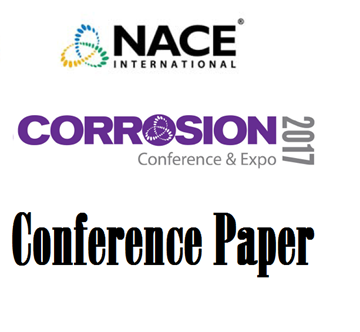Search
Products tagged with 'monitoring'
View as
Sort by
Display
per page
Safe Processing of Naphthenic Acid Opportunity Crudes Using Chemical Inhibition and Online Monitoring
Product Number:
51317--9067-SG
ISBN:
9067 2017 CP
Publication Date:
2017
$20.00
SP0313-2013, Guided Wave Technology for Piping Applications
Product Number:
21174
ISBN:
1-5790-264-8
Publication Date:
2013
$69.00
Sulfide Stress Cracking Fracture Toughness of 125 ksi Grade in Mild Sour Service Conditions
Product Number:
51317--9112-SG
ISBN:
9112 2017 CP
Publication Date:
2017
$20.00
The AC Close Interval Survey and Other Common AC Measurement Errors
Product Number:
51317--9455-SG
ISBN:
9455 2017 CP
Publication Date:
2017
$20.00
TM0194-2014-SG, Field Monitoring of Bacterial Growth in Oil and Gas Systems
Product Number:
21224-SG
ISBN:
1-57590-192-7
Publication Date:
2014
$109.00
TM0199-2013-SG "Standard Test Method for Measuring Deposit Mass Loading (“Deposit-Weight-Density”) Values for Boiler Tubes by the Glass-Bead-Blasting Technique"
Product Number:
21236-SG
ISBN:
1-57590-082-3
Publication Date:
2013
$109.00
Use Of Potential Probes To Monitor Cathodic Protection: Accuracy Of The IR-Free Potential Measurement
Product Number:
51321-16765-SG
Publication Date:
2021
$20.00
Wireless UT Sensors For Structural Health Monitoring & Remote Operations In A Post COVID19 World
Product Number:
51322-17523-SG
Publication Date:
2022
$20.00









